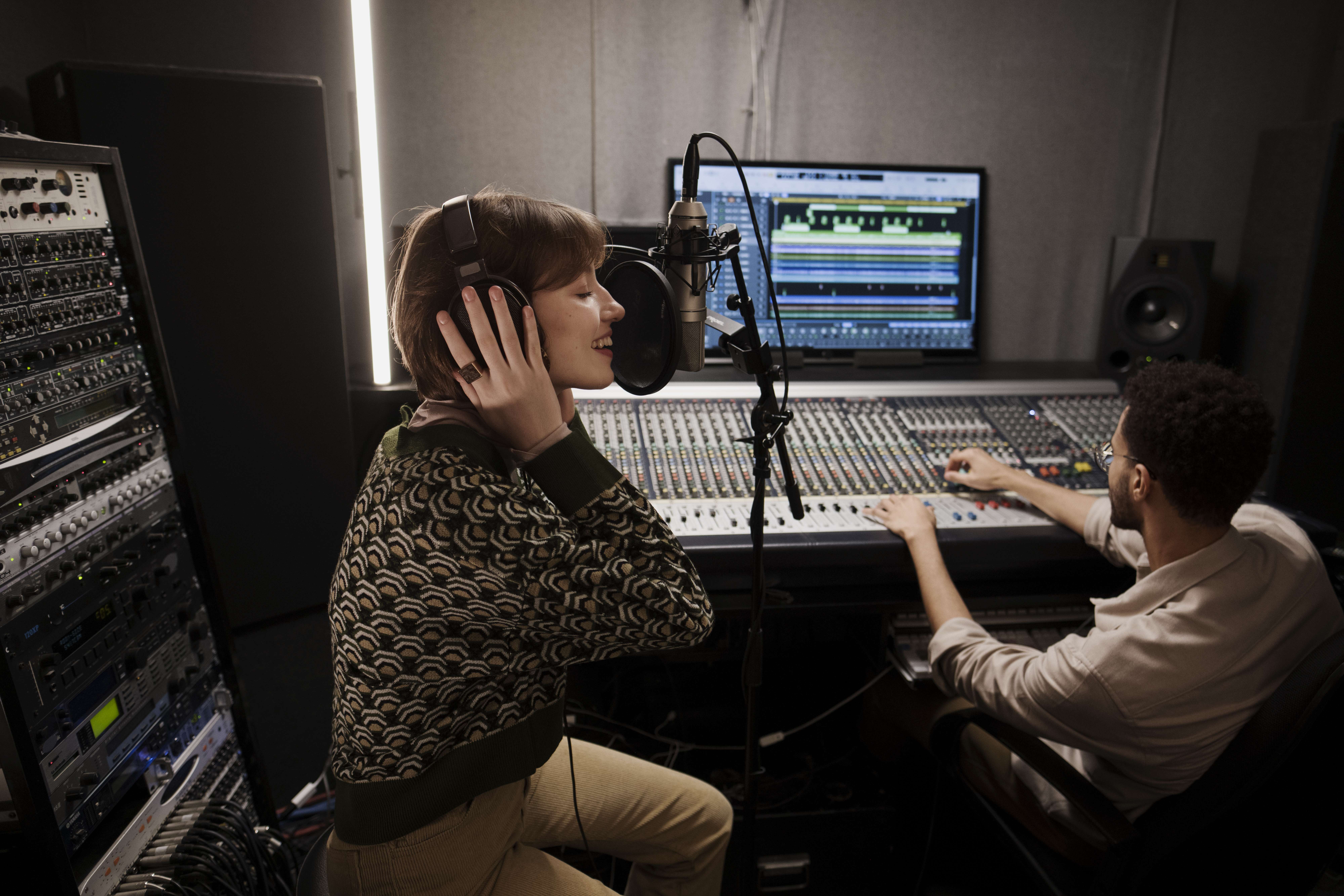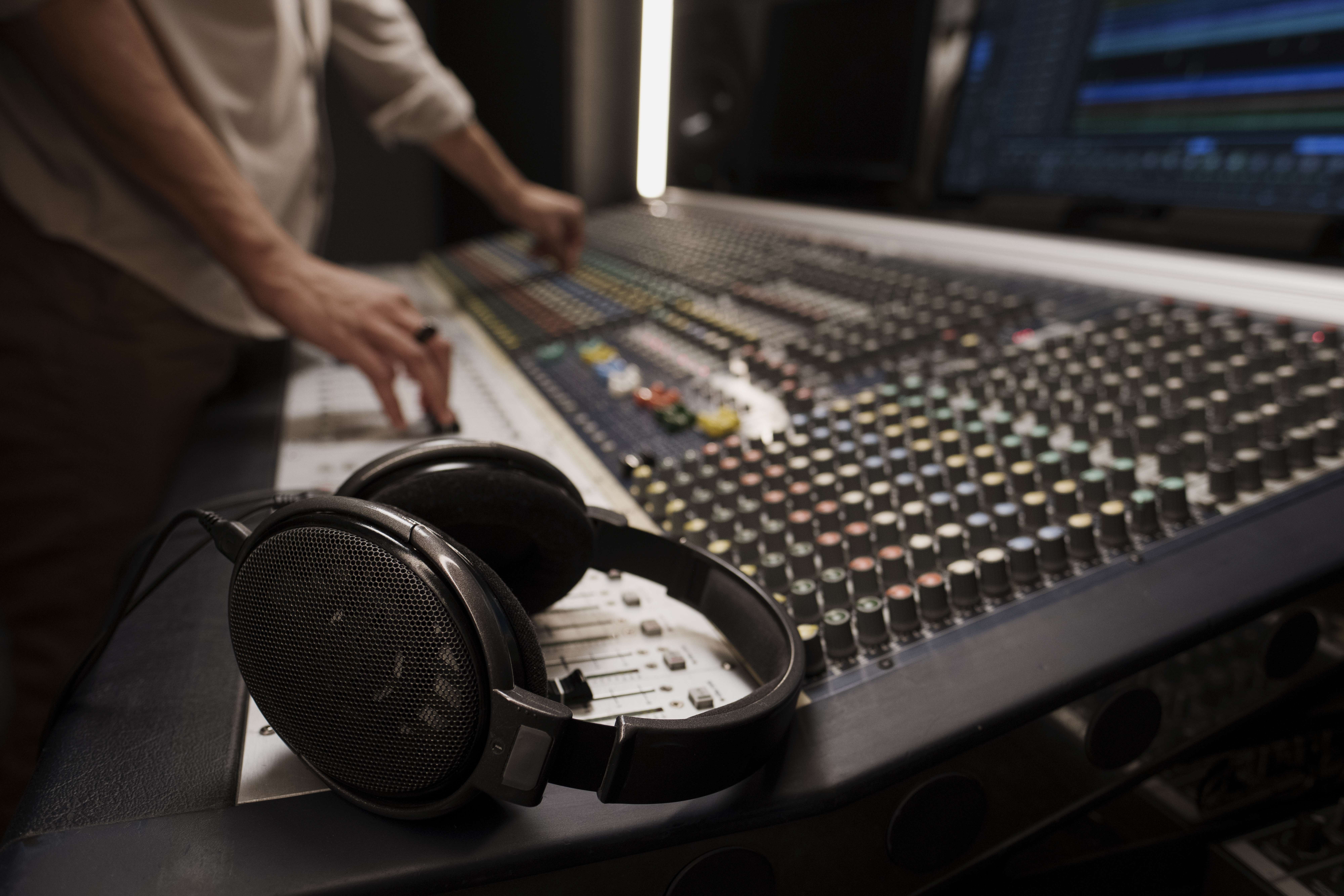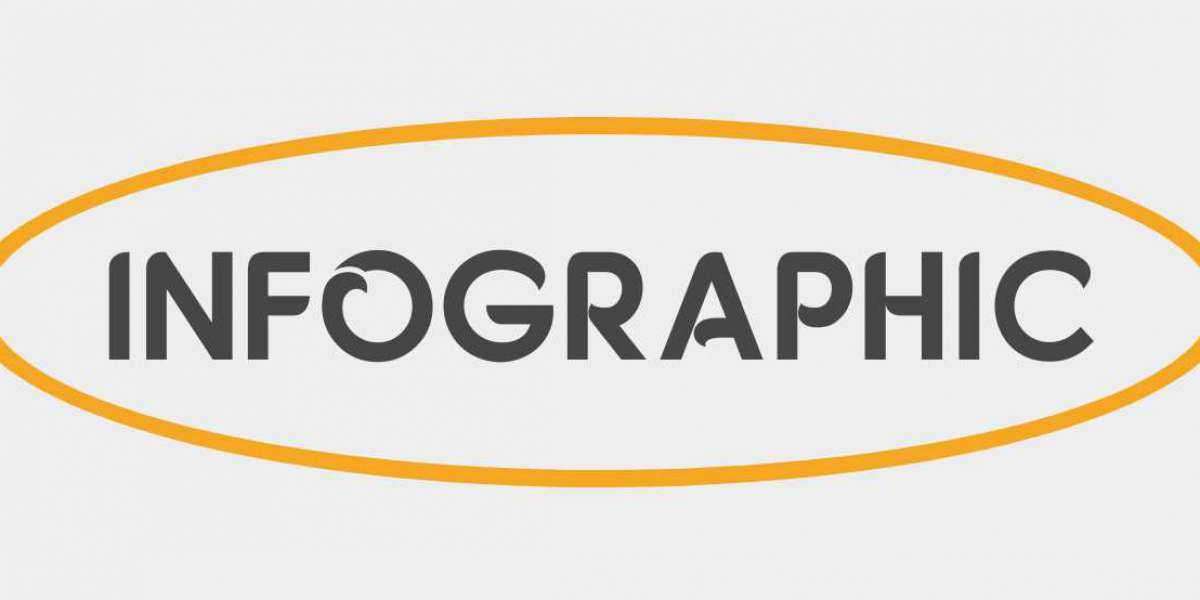When you're just starting out in music production, finding the right sample packs can feel overwhelming. There are thousands available online, covering every genre and style. But not all sample packs are created equal. Some are professionally recorded and organized, while others may be low quality or poorly labeled.
In this guide, we'll walk you through the key things to look for when choosing high-quality sample packs, especially if you're new to production.
1. Know What You Need
Before browsing for sample packs, it's important to understand what you're looking for. Ask yourself:
What genre do I want to make? (e.g., hip hop, EDM, lo-fi)
Do I need drums, melodies, basslines, or sound effects?
Do I want loops (pre-made patterns) or one-shots (single sounds)?
Being clear about your goals will help you avoid downloading unnecessary or irrelevant packs.
2. Check Audio Quality (WAV Format Preferred)
High-quality sample packs typically offer sounds in WAV format, usually at 24-bit/44.1kHz or higher. WAV files are uncompressed and keep the full detail of the sound.
Avoid packs that only offer MP3s — they are compressed and may sound dull or distorted in a mix.
3. Listen to Previews Carefully
Most websites and marketplaces provide audio previews of their sample packs. Always listen to these before buying or downloading:
Do the sounds feel clean, balanced, and well-recorded?
Are the drum hits punchy and clear?
Do the melodies sound in tune and useful?
If a preview sounds muddy or overly processed, the rest of the pack probably will too.
4. Look for Organized File Structure
A good sample pack should be easy to navigate. Look for packs that include clearly labeled folders like:
Kicks
Snares
Hi-hats
Melody loops
Basslines
FX
Each file should also be named properly (e.g., "Kick_Analog_01.wav" instead of "Audio 003.wav"). This saves you time when producing.
5. Check for Tempo and Key Labels
Many sample packs — especially loop-based ones — include BPM (beats per minute) and key information in the file names. This helps you match loops to your project easily.
Example:Melody_Loop_C_Minor_90BPM.wav
This kind of labeling is especially helpful if you're just learning music theory and structure.
6. Start with Royalty-Free Packs
As a beginner, you want to be able to use your sounds without worrying about copyright issues. Most high-quality sample packs are royalty-free, meaning you can use them in your tracks — even commercially — without extra fees.
Double-check the licensing info before downloading. If it's unclear, choose another pack.
7. Use Trusted Sources
Stick to well-known platforms and creators that have a good reputation for quality. Some reliable places include:
Splice
Loopmasters
Cymatics
Producer Loops
Noiiz
LANDR Samples
These platforms often allow you to preview sounds, filter by genre, and read reviews before downloading.
8. Avoid Overloading Too Soon
It’s tempting to download tons of packs, but that can lead to choice overload and clutter. Start small:
Pick one drum kit.
Grab a few melody loops.
Add some effects or one-shot instruments.
Learn how to use what you have before adding more.
Final Thoughts
Choosing the right sample packs doesn’t have to be complicated. Focus on quality, clarity, and organization. As you build experience, you’ll develop your own preferences and a personal sound library that suits your workflow.




